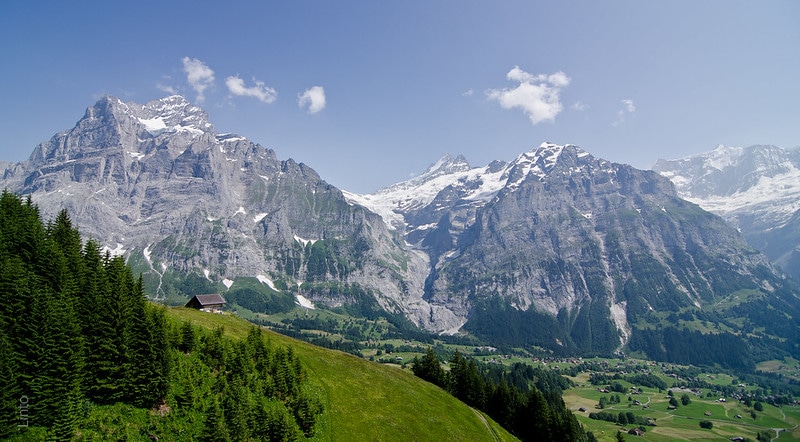According to a new study, the world’s glaciers are melting at a faster rate than ever before. They now contribute more to sea-level rise than either the Greenland or Antarctic ice sheets.
—
What is Happening?
- According to the study, published in the journal Nature, glaciers lost 298 gigatonnes of ice each year between 2015 and 2019, a 30% increase in the rate of retreat compared with the previous five years.
- This was 47% higher than the contribution of the melting ice sheet in Greenland and more than twice that from the ice sheet in Antarctica. As a cause of sea-level rise, glacier loss was second only to thermal expansion, which is prompted by higher ocean temperatures.
- Glaciers in Alaska, the Alps and Iceland are among those disappearing at the fastest pace. Additionally, swathes of India and Bangladesh could face water stress during dry periods when major rivers like the Ganges and Indus are mainly fed by glacial runoff.
- To reach their conclusions, the research team used images from a special camera aboard NASA’s Terra satellite, which has circled the Earth every 100 minutes since its launch in 1999. The equipment allowed them to calculate how much mass the world’s 220 000 or so glaciers have lost each year since 2000, the most comprehensive study of glaciers conducted to date.
- Scientists say that the precision of the data allowed them to be more certain than ever before that glacier loss is accelerating. Previous estimates had a greater margin of error because they were either extrapolated from ground measurements at a few hundred reference glaciers and a limited coverage of satellite imagery, or based on the study of gravimetric signals which have a coarse resolution.
- The paper found glaciers lost 4% of their volume over 20 years, but this varied across time and from region to region. Alaska accounted for 25% of the global mass loss, the Greenland periphery 12% and north and south Canada 10% each. The Himalayas and other parts of high-mountain Asia lost 8%, as did the southern Andes and subantarctic regions.
- Smaller, lower glaciers did not contribute as much in volume, but they were the most vulnerable to change. The thinning of New Zealand’s glaciers increased seven-fold between 2000-04 and 2015-19, while thinning rates in the European Alps were twice the global average.
You might also like: Climate Change Could Cut the World Economy by USD$23 Trillion by 2050
Lead author Romain Hugonnet, of the University of Toulouse, said that the data was an urgent warning. He said, “A doubling of the thinning rates in 20 years for glaciers outside Greenland and Antarctica tells us we need to change the way we live. We need to act now. It can be difficult to get the public to understand why glaciers are important because they seem so remote, but they affect many things in the global water cycle including regional hydrology, and by changing too rapidly, can lead to the alteration or collapse of downstream ecosystems.”
- How quickly this happens depends on different climate scenarios, but at current speed, 80-90% will be gone by 2050.
- Hugonnet’s greatest concern is in high Asian mountain ranges, which are the source of rivers such as the Yangtze, Mekong, Salween and Brahmaputra, which support large downstream populations.
- The paper urges policymakers to design adaptive policies for the billion people who could face water shortages and food insecurity before 2050, as well as for the more than 200 million who live in coastal areas before the end of the century.
Huguenot said, “India and China are depleting underground sources and relying on river water, which substantially originates from glaciers during times of drought. This will be fine for a few decades because glaciers will keep melting and provide more river runoff, which acts as a buffer to protect populations from water stress. But after these decades, the situation could go downhill. If we do not plan ahead, there could be a crisis for water and food, affecting the most vulnerable.”
- Glaciers typically accumulate ice in the winter, but a warming climate means that summer melting has caused a net loss of ice in mountain regions. This melting contributes to global warming and indirectly accelerates sea-level rise, raising the risk of flooding faced by coastal communities.
Featured image by: Flickr

















